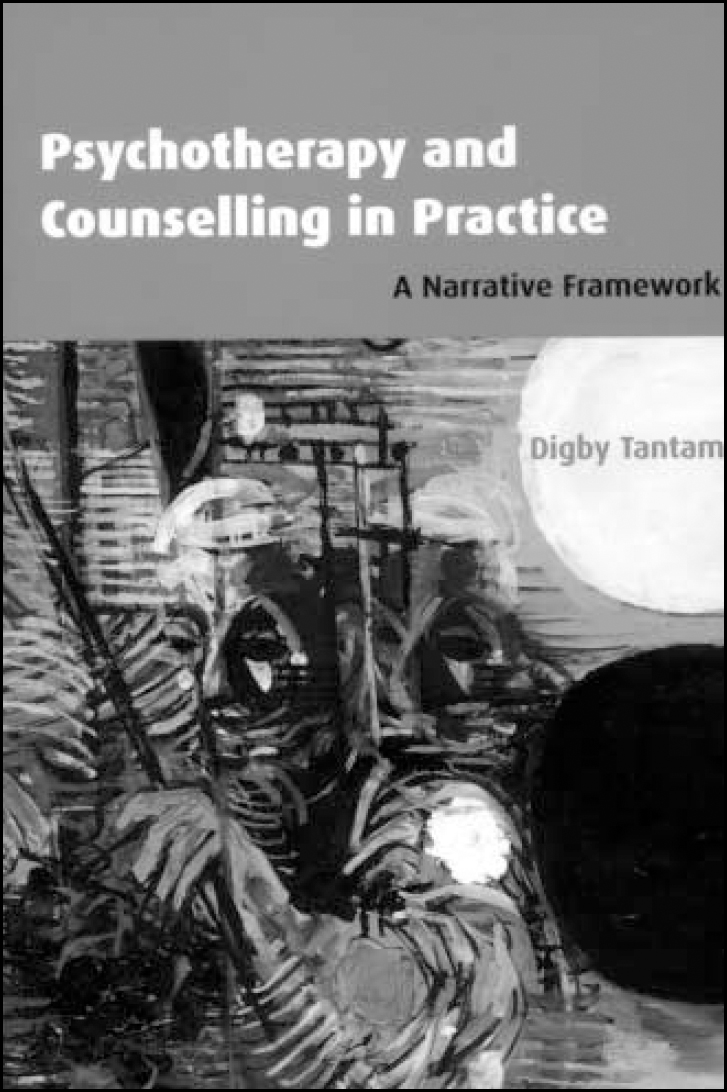
For Professor Tantam, clients seeking psychotherapy are demoralised and in existential crisis, vulnerable but with an opportunity to achieve a healthier adjustment. The therapist should facilitate her client's self-healing by involving him in collaborative conversations relevant to his values, his preoccupying concerns and his life's narrative. As factors promoting remoralisation are common to therapies of a widely differing theoretical basis, Tantam argues that our modality-specific theoretical explanations of a technique's efficacy may well be spurious. Hence, practical considerations of what works should outweigh theory; therapists should select from an armamentarium of evidence-based techniques those most relevant, changing the selection as a client's needs alter.
The model combines Tantam's learning from a crisis in his personal and intellectual life with his clinical and academic knowledge of the psychotherapies (particularly existentialism) and his extensive reading in the arts and sciences. Tantam's audience is the trainee psychiatrist or psychologist providing brief psychotherapy alongside other mental health work. He feels that qualified long-term therapists should also benefit.
Tantam helpfully categorises clinical aims and deals with each in turn: symptom relief; resolving predicaments; dealing with addictions (eating disorders, deliberate self-harm, sexual perversions); and helping to develop a coherent narrative (to integrate previously excluded elements of the history and the self and to increase the client's capacity for intimacy).
Many informative ‘clinical’ examples from practice, life and literature illustrate the model. The chapters describing the contract and addressing crises in therapy are especially clear. Tantam has much of interest to say about how social emotions of shame and disgust threaten the individual with social extinction and provoke incoherence of the self (including in therapy with an insensitive therapist). Addictions are seen as managing shame-proneness.
Far from simply describing what works, Tantam theorises throughout about each component of his model. He acknowledges the contribution of psychoanalysis but is often in argument with a caricature of psychoanalytic practice. The discussions are fascinating but cut across the book's proclaimed function as a practical guide. Combined with a poor index, I found that this made it hard to retrieve particular pieces of practical advice and to remember the development of a theoretical argument. I think this is, and should have been two books, both of them valuable: one a practical guide for trainees and the other a sophisticated theoretical discussion.





eLetters
No eLetters have been published for this article.